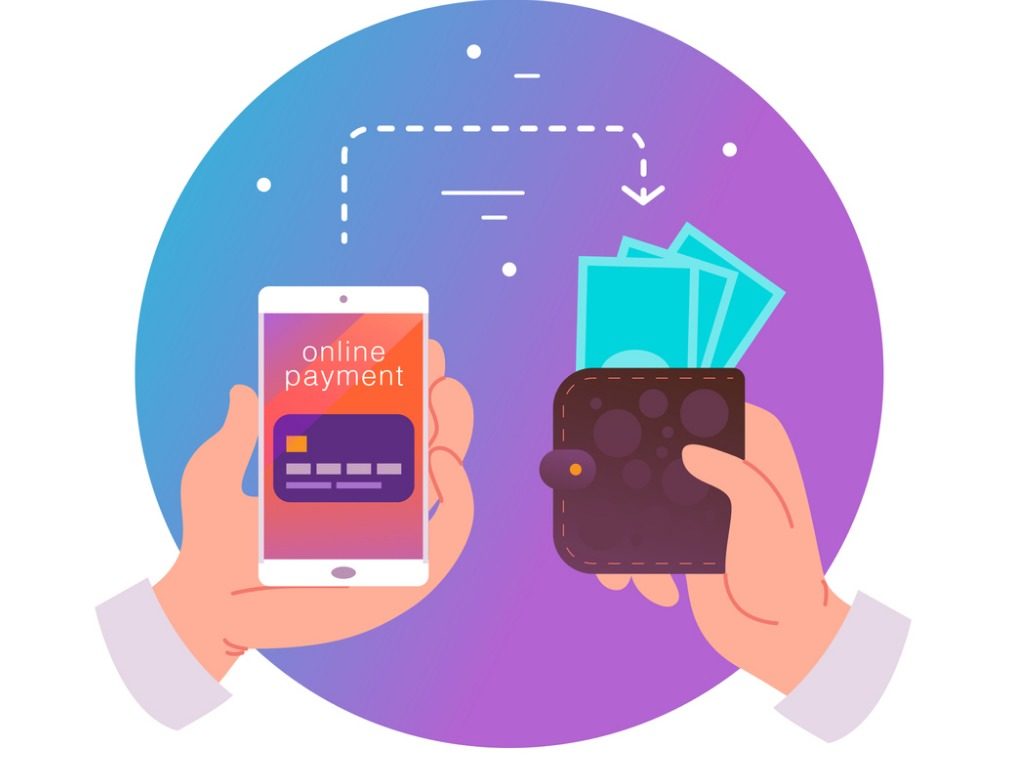The chargeback process can be annoying, confusing and even stressful for merchants. But they ignore the problem at their own peril, since chargebacks – where a cardholder disputes a transaction so they can get their money back while retaining the product or services rendered – accounts for 35% of all fraud losses.
Chargebacks can result from issues arising from a transaction, product or service sold, and also frequently occur because of credit card fraud. Merchants with unclear refund, shipping or inaccurate product or service claims can face a higher rate of chargebacks.
The Chargeback Process Briefly Explained
One reason that merchants find chargeback disputes so frustrating is the process is quite complicated, can take a long time to resolve and can vary according to the brand of credit card used.
The chargeback process begins with a consumer disputing a transaction by contacting their credit card issuer. While credit card companies have more than 150 chargeback reason codes, they generally fall into three categories: The item wasn’t received, or was not as described, or was the result of an unauthorized transaction. Where the category code used is “fraud,” merchants have a low win rate when it comes to disputing the chargeback.
The credit card issuer will review the disputed transaction and then decide if it is valid and deemed worthy of further investigation, or invalid, which would end the chargeback process.
If the chargeback is deemed valid, the customer will immediately receive a credit for the disputed amount, with funds pulled from the merchant’s processing account to the issuing bank. The merchant will also have to pay chargeback fees levied by the payment processors. A chargeback can occur up to 180 days after the initial transaction date. This chargeback period can be extended up to 540 days under some circumstances.
The issuer (cardholder’s bank) will then submit the chargeback to the card network, which passes it on to the payment processor that debits the merchant’s processing account and credits the cardholder’s account.
Armed with the issuer’s funds on behalf of the cardholder, the payment processor will let the merchant know about the dispute (online or via physical mail). The merchant is then invited to respond. Recent card rules have decreased the response time from 30 days to two weeks. It’s recommended that a response, or “representment,” should be sent to the processor no later than five days following the chargeback.
How Merchants Can Respond to Chargeback Disputes
One of the most common dispute responses to a chargeback is, unfortunately, no response. The merchant may not know what a chargeback is, or figure that the money is gone and the battle is over, or the transaction is so small that it’s not worth disputing.
In this case, the customer keeps both his money and his ill-gotten goods.
Or the merchant can gather evidence of chargeback fraud, which they would submit to the acquirer. They could, for example, find pictures of the customer using the product on his social media feeds, undermining his claim that he never received it.
Usually the evidence is spread across different data sources, including payment processors, shopping cart platforms and customer service portals. Makers of the Chargeback app list these possible data points:
• Date/Time Stamp, Online transaction confirmations (if available)
- Shipping, Returns and Terms and Conditions Policies
- Billing, Invoice or Receipt details
- Shipping Verification and delivery confirmation
- CVV, AVS or IP Location Matches
- Device Fingerprinting
- Past Transaction History
- Subsequent Transactions from Customer
- Email Communication & Interactions
- Phone Call Transcripts
- Live Chat Transcripts
- Social Media Interactions & Shares
Photos, emails and other evidence can also be provided to show a connection between the recipient and cardholder (for example, that they’re related), that the cardholder has the merchandise under dispute or the “IP address, email address, physical address, and/or telephone number was used in a prior transaction that was not disputed.”
If the merchant wins the dispute (and the outcome isn’t, in turn, disputed), the issuer will inform the cardholder that the chargeback is declined. Then the card network will take the funds from the issuer and send it to the acquirer, who will place them back in the merchant’s bank account.
Occasionally, a cardholder will initiate a second chargeback after they lose the first.
Unfortunately, this may add additional time to the process and result in funds being held once more. In most cases, if the cardholder does not have any additional information to support the chargeback, the outcome will remain unchanged.
Ensure That You Have Basic Fraud Tools
One reason that merchants are susceptible to chargeback and other types of fraud is because they don’t have basic ecommerce protections in place. The retailer’s payment system needs to have at least three basic fraud tools in place:
- CVV—Uses numeric code on back of card to try ensure the customer has the actual card in hand.
- AVS—Authenticates that the address attached to the card is the same as the address claimed by customer.
- 3D Secure—Incorporates tools such as Verified by Visa and Masterpass by Mastercard into the payments system, which adds yet another password authentication requirement for customers.
Merchants should also keep copies of all receipts and also spell out their shipping and return policies in explicit detail on their websites (and on sales receipts), so customers know what their options are. If they know they are going to be levied a penalty or restocking fee, they are much less likely to cross the chargeback line.
Generally, credits issued to cardholders will be cross-referenced with any potential chargeback in order to avoid a duplication. Merchants should ensure they properly communicate a credit to a cardholder and link the credit to the original transaction.
Merchants should also be aware that there are well-organized criminals lurking online with illegally obtained card holder information looking for their next target. Please ensure you have appropriate processes and tools in place to verify online clients.
